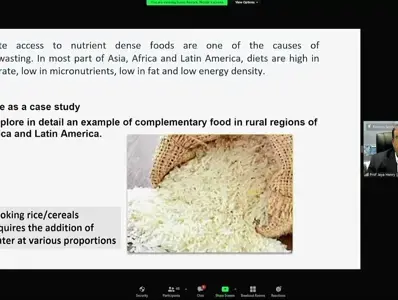Nutrition: A Global Opportunity for Health
We face a global health paradox: 2.1 billion adults worldwide are overweight or obese, while 821 million people face hunger and malnutrition. In children, malnutrition can result in stunting, wasting, overweight and micronutrient deficiencies. From a historical perspective, as a species we have moved from a hunter/gatherer diet including over 100 plants used for nutrition, to modern reliance on a handful of plant sources. Today just three plants: rice, wheat and maize provide 60% of calories globally and 30 species provide 90% of plant-derived calories. Four fifths (80%) of the world depends on six staple crops. In developing countries, adding small quantities of fat to staples such as rice could assist Vitamin A absorption and prevent blindness. Waste products such as mango stones could be used to provide these fats. We also need to extend the range of plant species consumed to provide nutrient dense, climate resilient, economically viable and locally available or adaptable foods. Addressing the needs of the world’s poor should be an important priority.
If you liked this post you may also like

